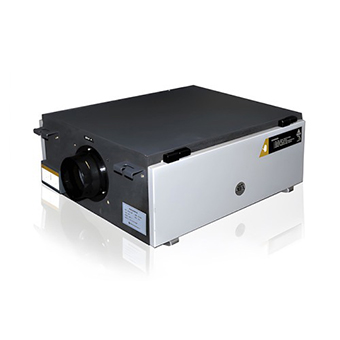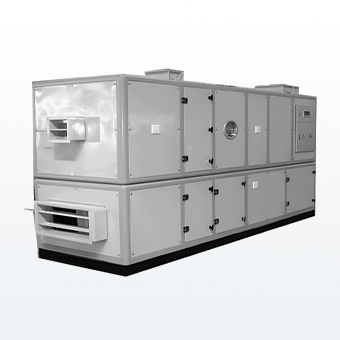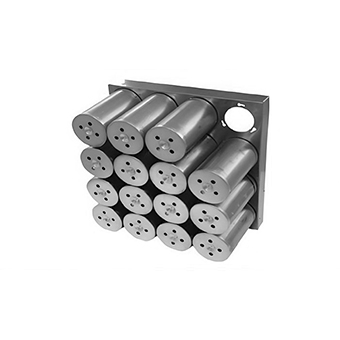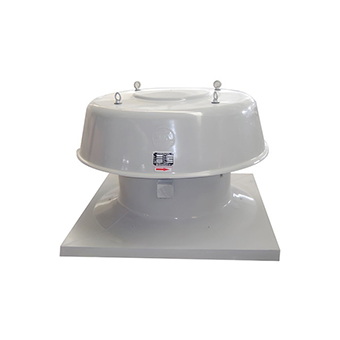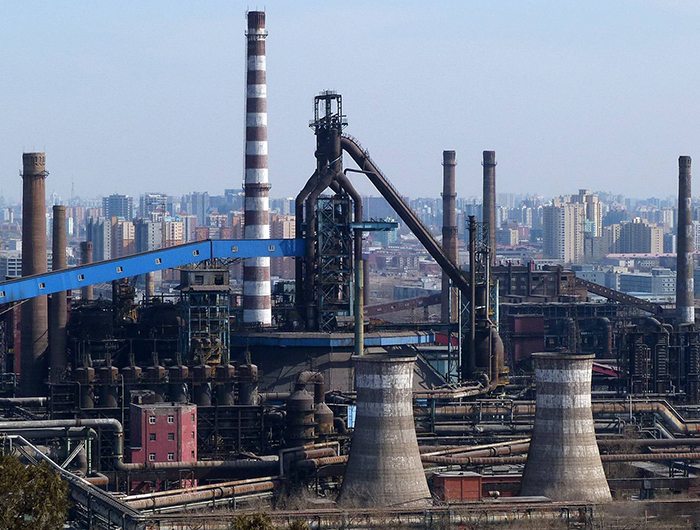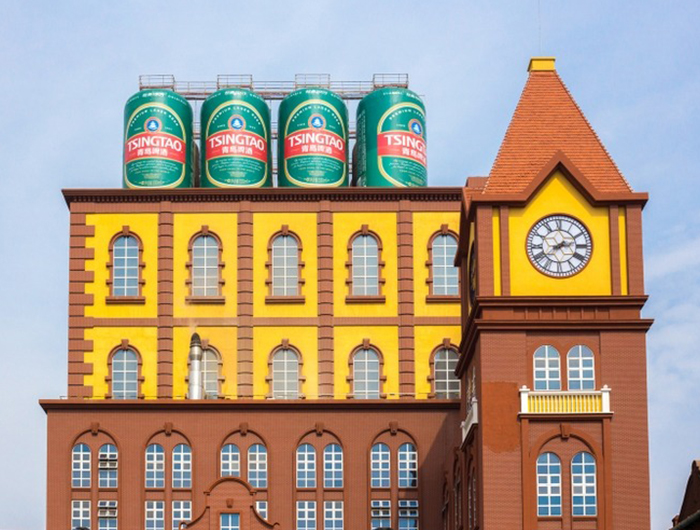Strict Environmental Control
Precision manufacturing, food, pharma, and chemical processes demand stable temperature (±0.5 °C), humidity (±3%RH), and clean air (ISO 5–8). Fluctuations can impact product quality, yield, and compliance.

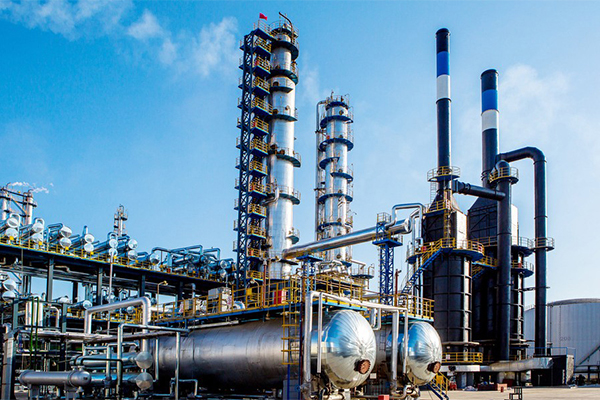
Precision manufacturing, food, pharma, and chemical processes demand stable temperature (±0.5 °C), humidity (±3%RH), and clean air (ISO 5–8). Fluctuations can impact product quality, yield, and compliance.
Large-scale equipment releases heat, steam, and dust. High humidity accelerates corrosion, dust buildup risks explosions, and poor control degrades raw materials.
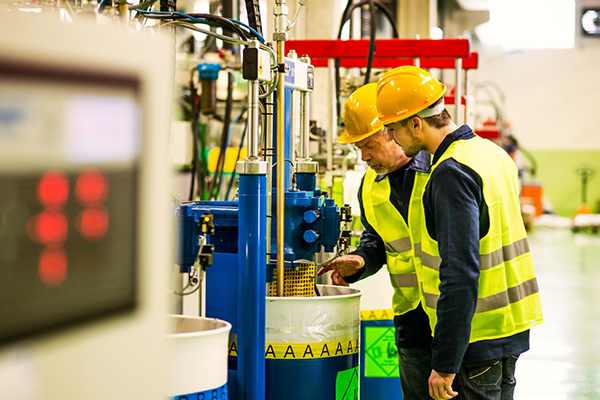
Chemical processes generate corrosive vapors, VOCs, and harmful gases. Without proper ventilation and scrubbing, safety and compliance are compromised.
Factory HVAC and ventilation systems run long hours at high load, often accounting for 30–50% of total plant energy use, creating heavy cost pressure.
Unexpected HVAC failures in continuous production can cause major financial losses. Redundancy and stable operation are critical.

Years of experience across chemical, pharmaceutical, and heavy manufacturing projects.
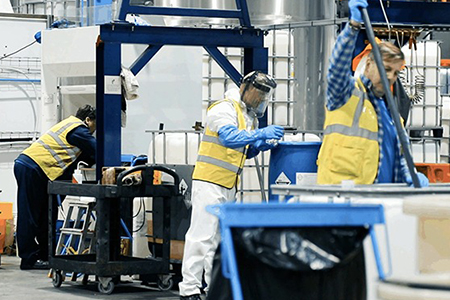
Products certified to Ex d IIB T4, with >20 years corrosion resistance.
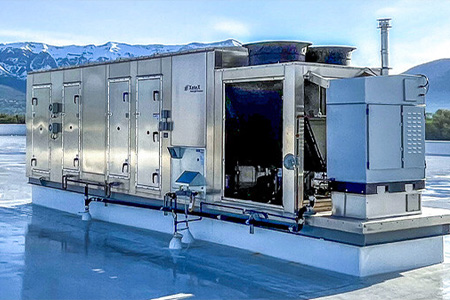
Redundant system configurations and continuous monitoring.
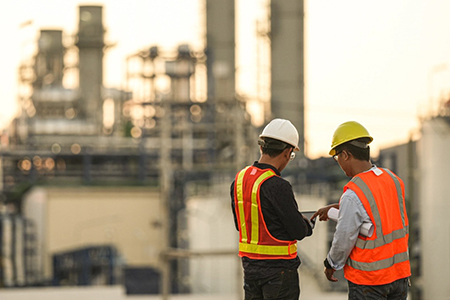
From system design and manufacturing to commissioning, training, and after-sales.

Industrial-grade HVAC ensures ±0.5 °C temperature accuracy and ±3%RH humidity stability. Multi-stage filtration (pre + medium + HEPA) provides ISO 5–8 cleanroom air quality for sensitive processes.

N+1 redundancy ensures uptime. Central BMS/EMS continuously tracks temperature, humidity, pressure differentials, and gas concentrations, providing auto alarms and preventive maintenance.
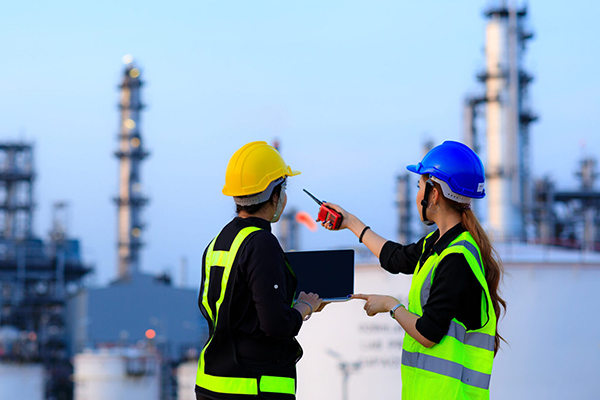
Refrigerated dehumidification with reheat control, evaporative cooling, and high-volume ventilation rapidly remove heat and moisture, protecting both products and equipment.
Heat recovery systems recycle process heat for winter heating and summer cooling. VAV and frequency control reduce energy use by 15–30%. High-efficiency exchangers and insulation further cut losses.
Explosion-proof fans, corrosion-resistant heat exchangers, and localized fume/dust extraction with activated carbon scrubbers ensure safe, compliant operations. Negative-pressure zoning prevents leakage into non-production areas.

Certified to Ex d IIB T4 explosion-proof standards, designed for hazardous environments such as chemical plants and steel mills. Ensure safe operation even in the presence of flammable gases or dust.
Multi-stage filtration, electrostatic precipitators, and gas scrubbing modules effectively capture fine dust, VOCs, and corrosive gases. Maintain clean and safe working environments while protecting equipment.

Engineered with advanced composite materials, offering 20+ years of durability against acid, alkali, and salt spray environments. Reduce long-term maintenance costs and extend system lifespan.

Integrated with Building Management Systems (BMS) or Energy Management Systems (EMS) to provide real-time monitoring of temperature, humidity, pressure differentials, and gas concentrations. Enable predictive maintenance and enhance plant safety.
Low-noise fans, acoustic enclosures, and vibration isolation reduce noise and vibration in chemical plants and heavy industry—improving worker safety and meeting noise compliance standards.
Utilize waste heat and cooling recovery to reduce overall HVAC energy consumption by 15–30%. Support sustainable production while lowering operational costs.
